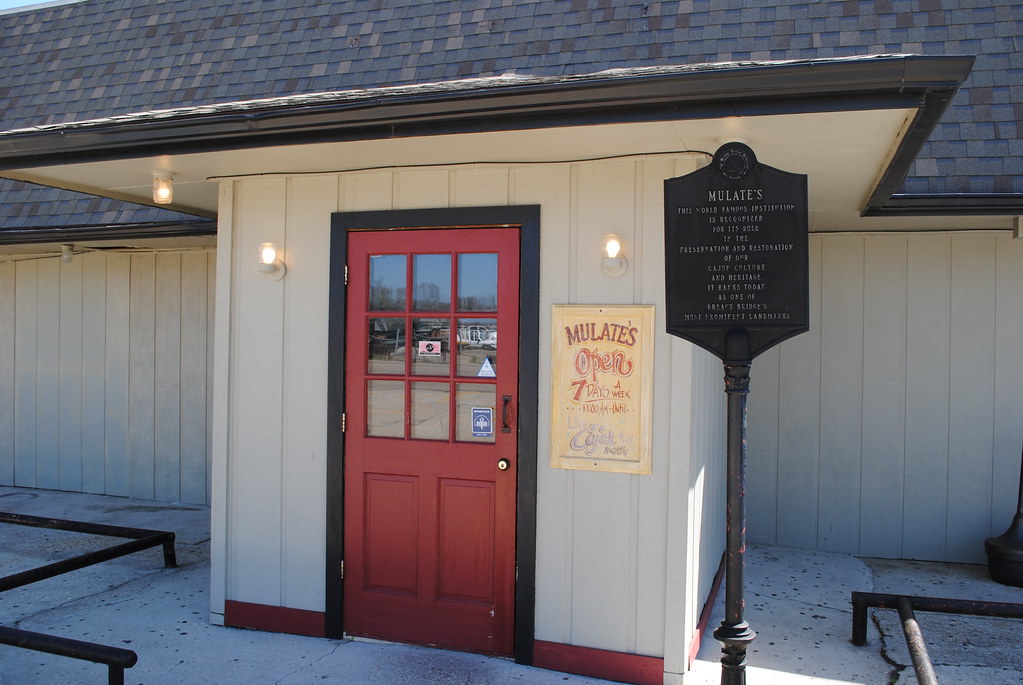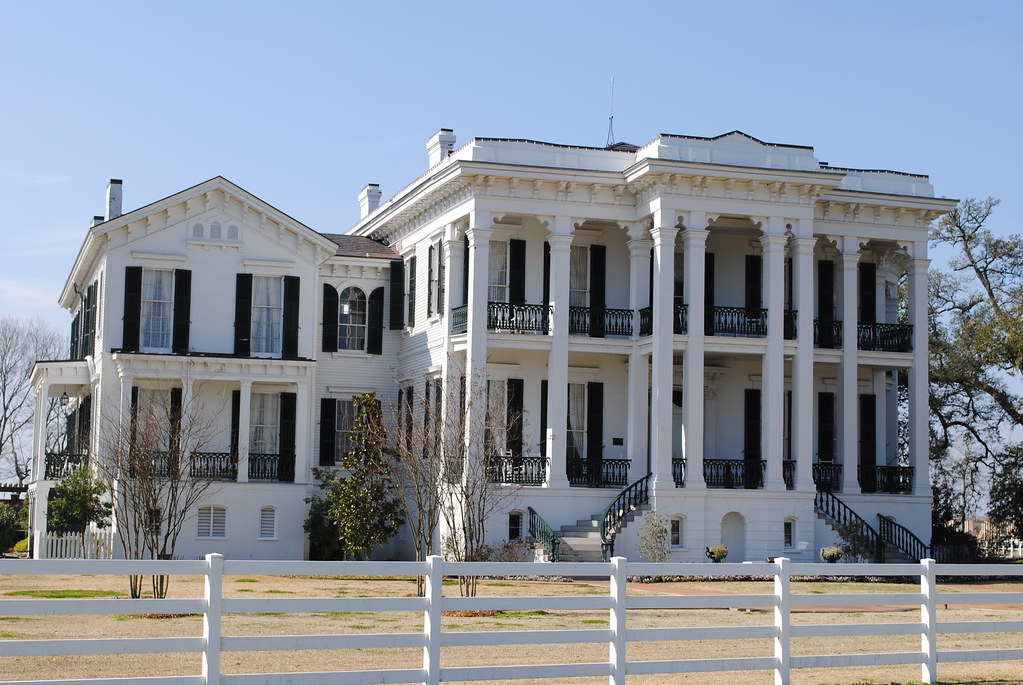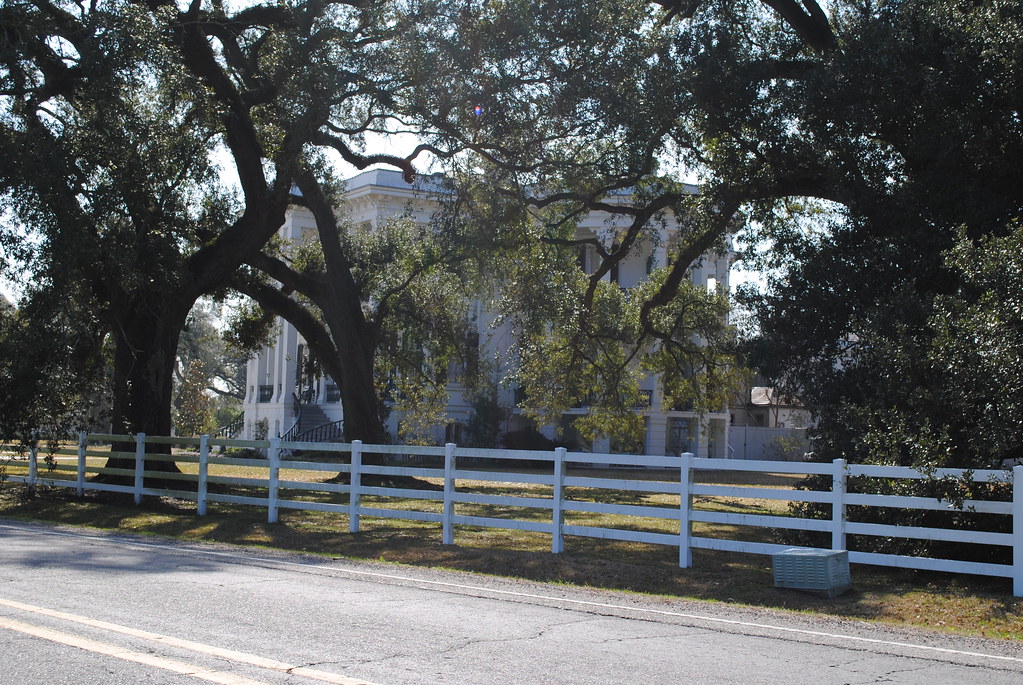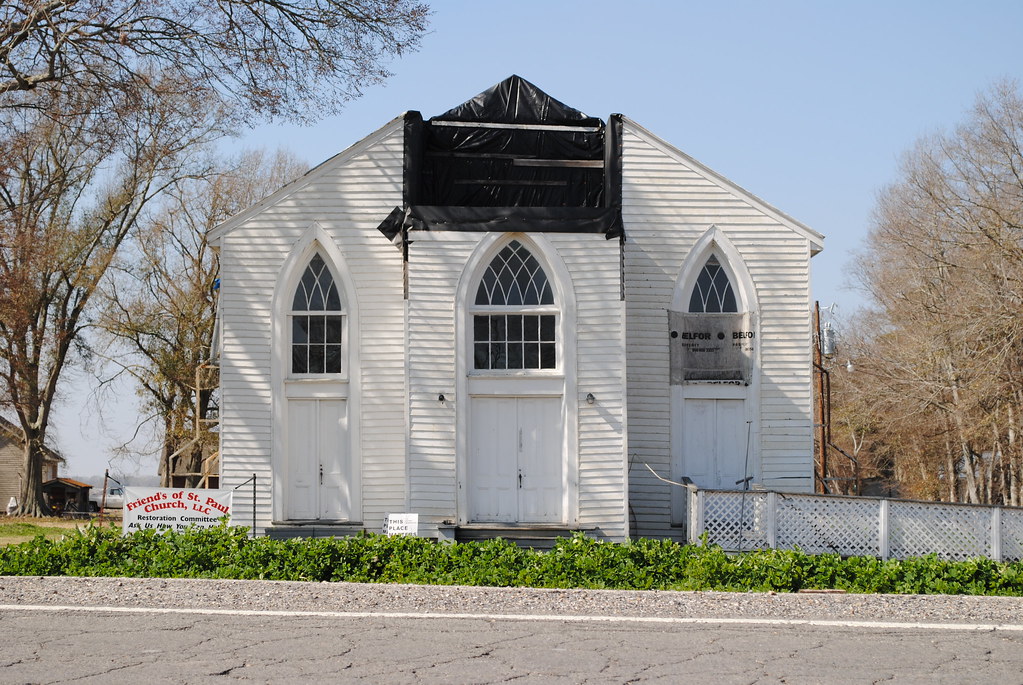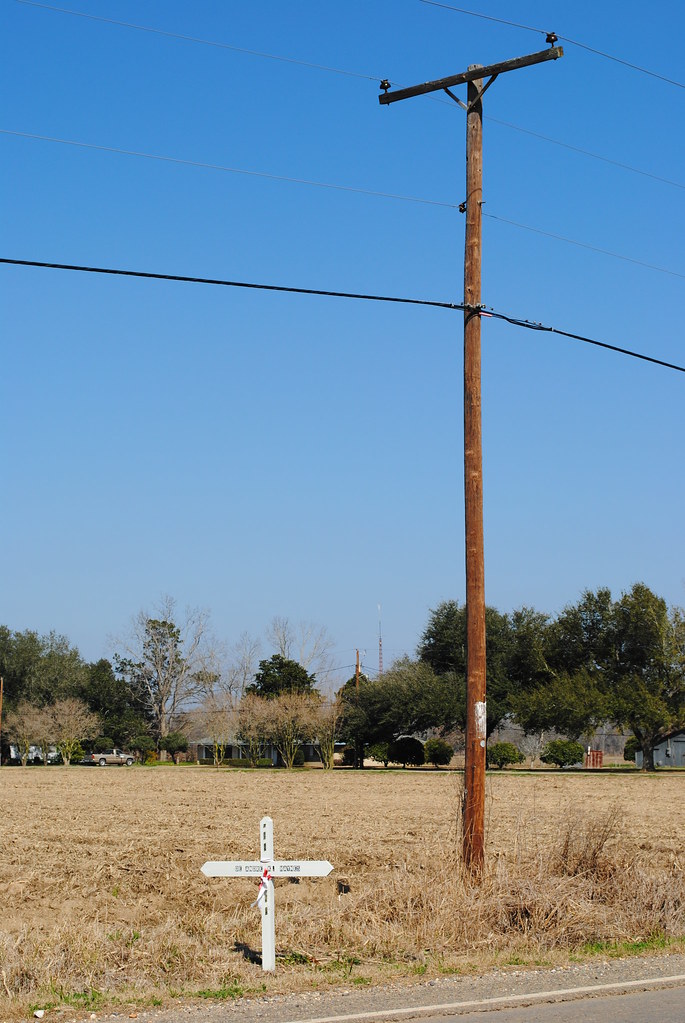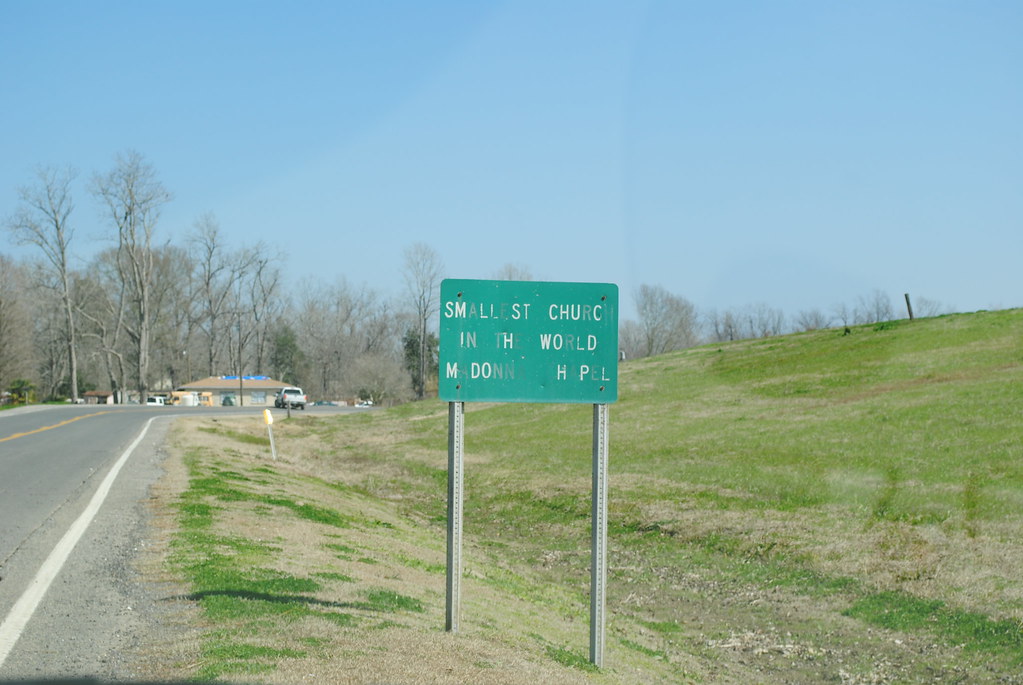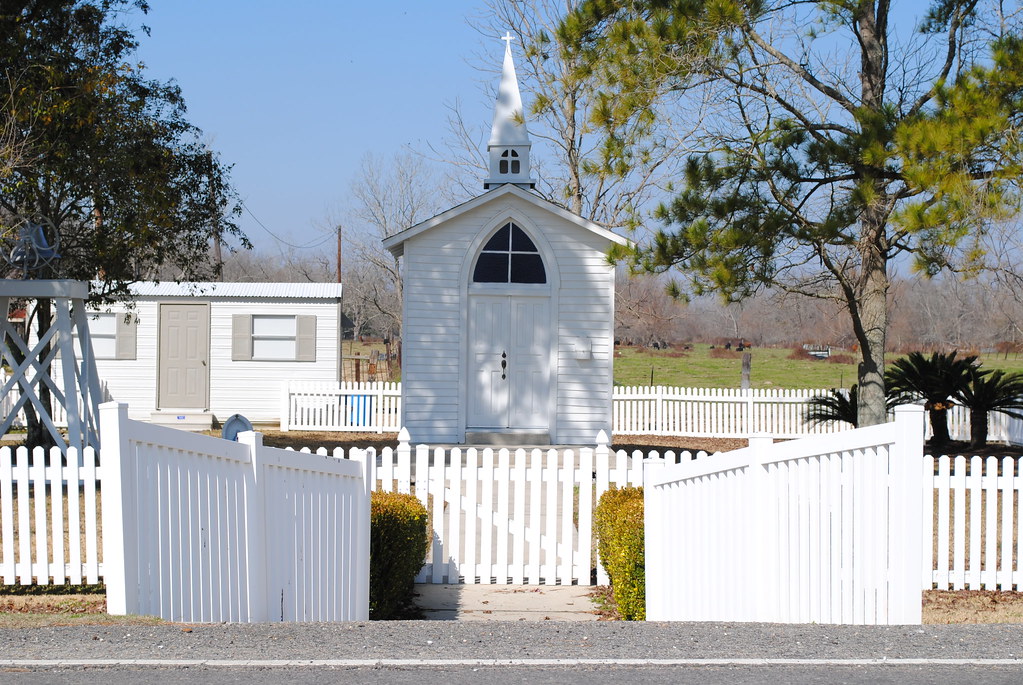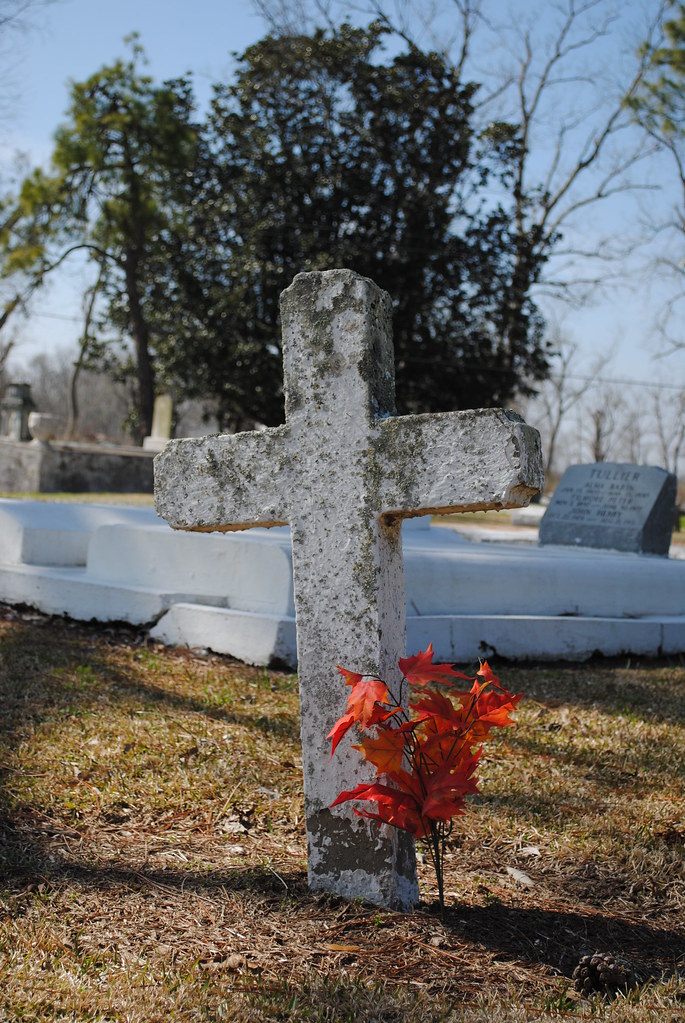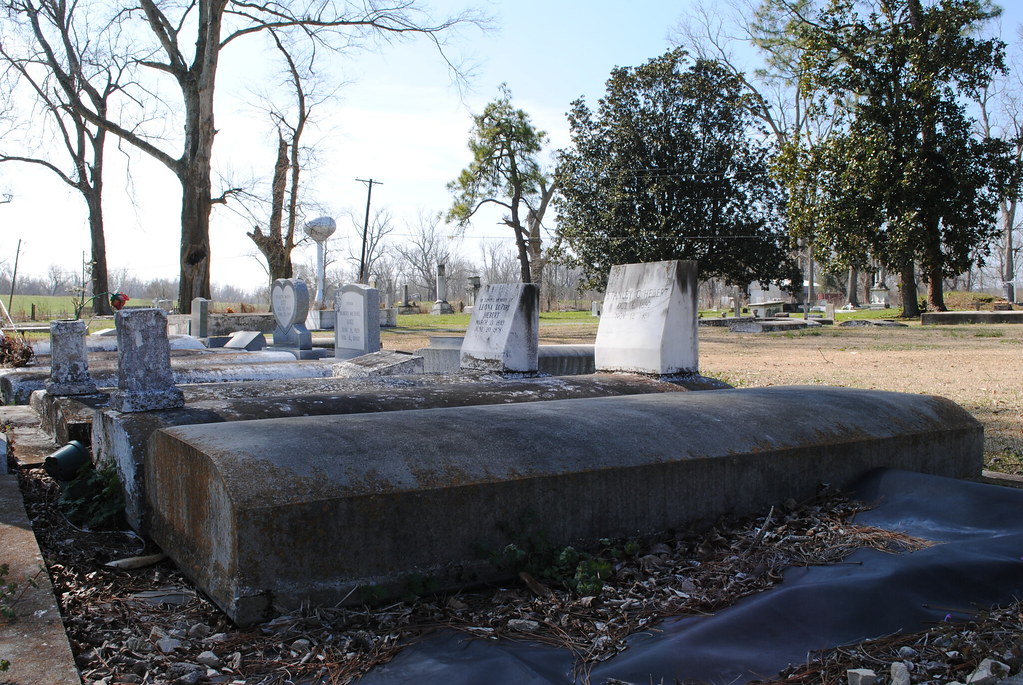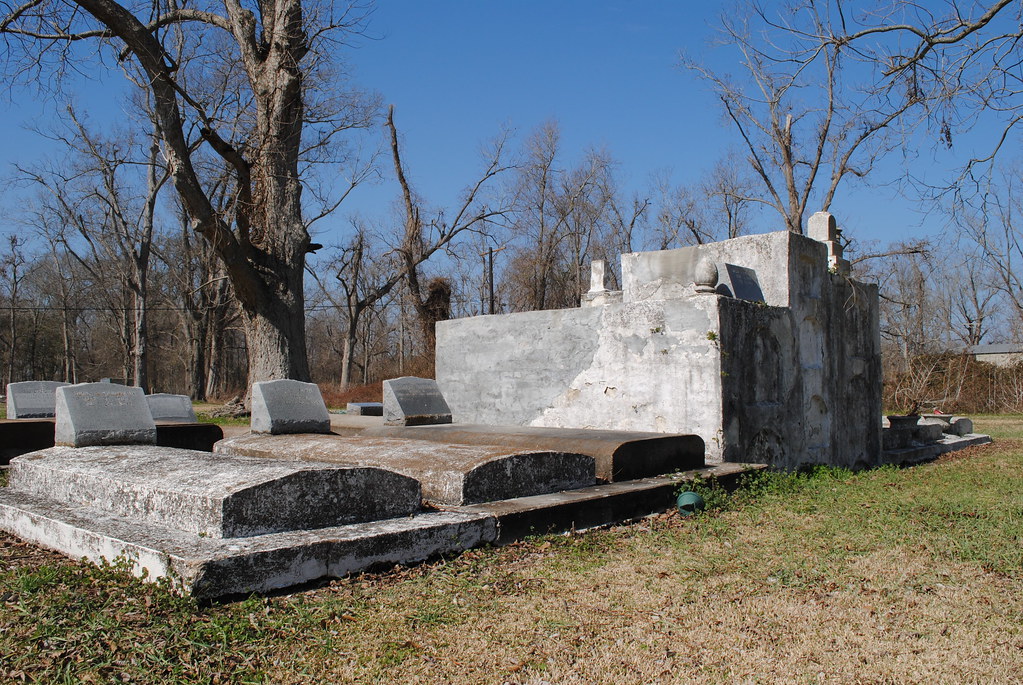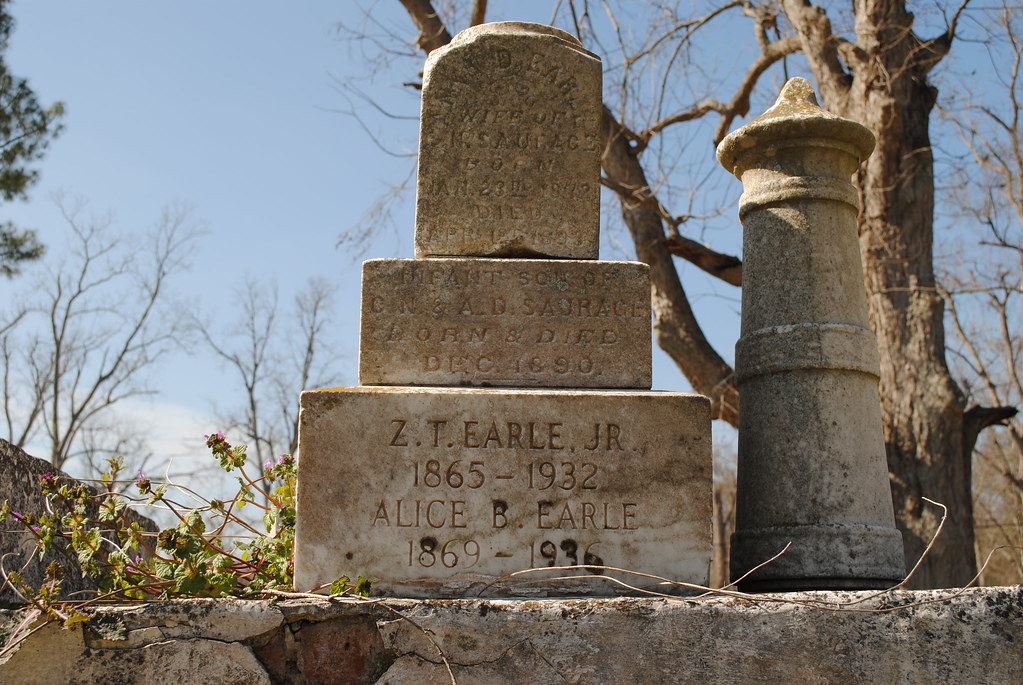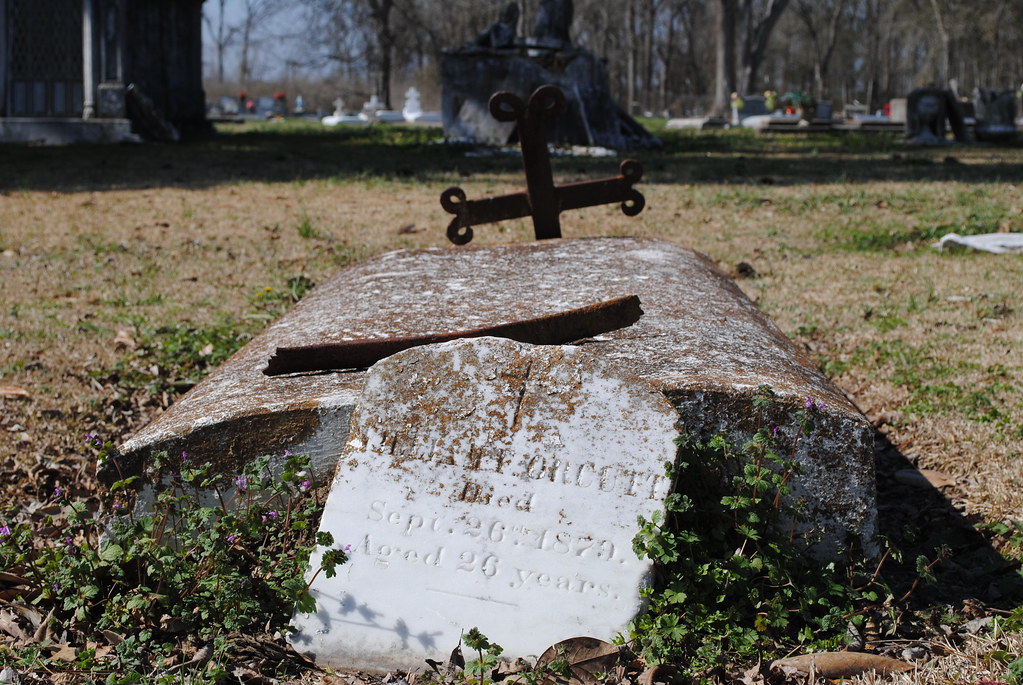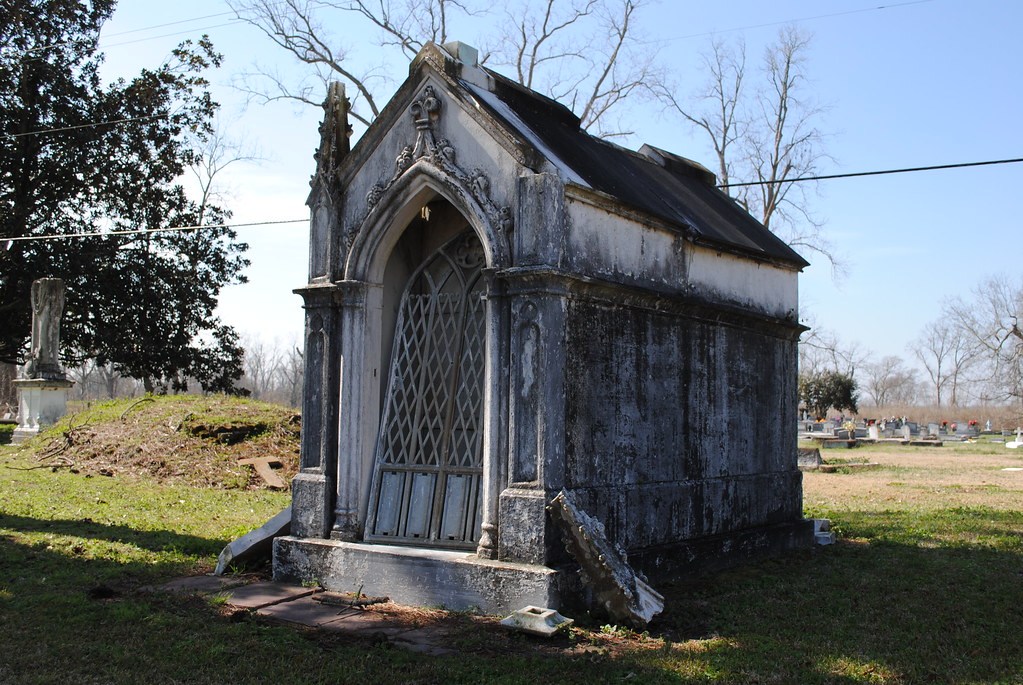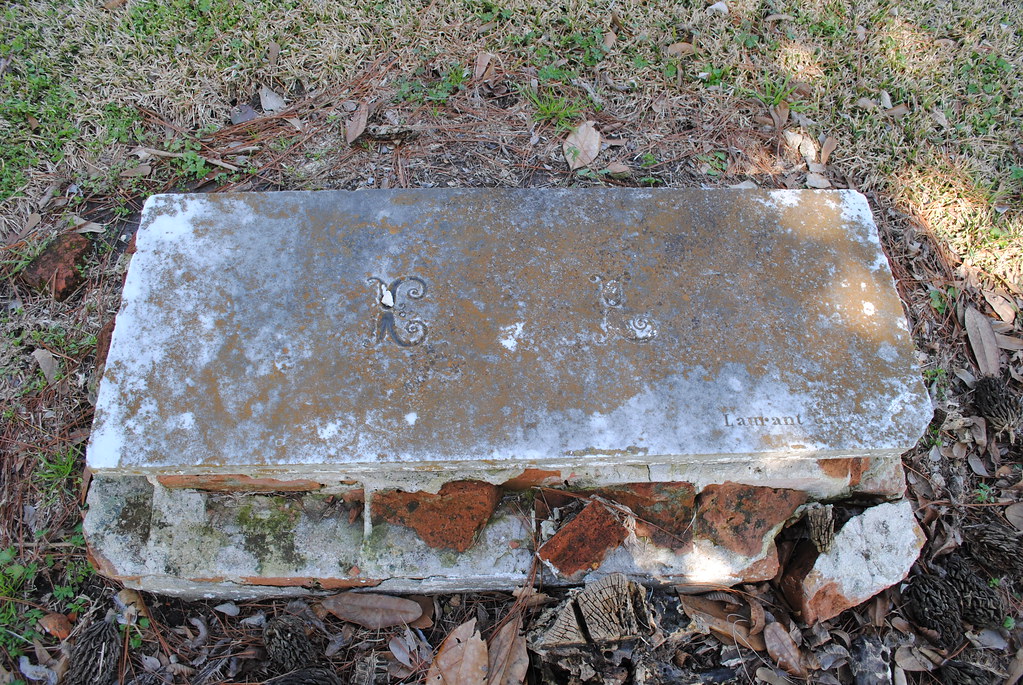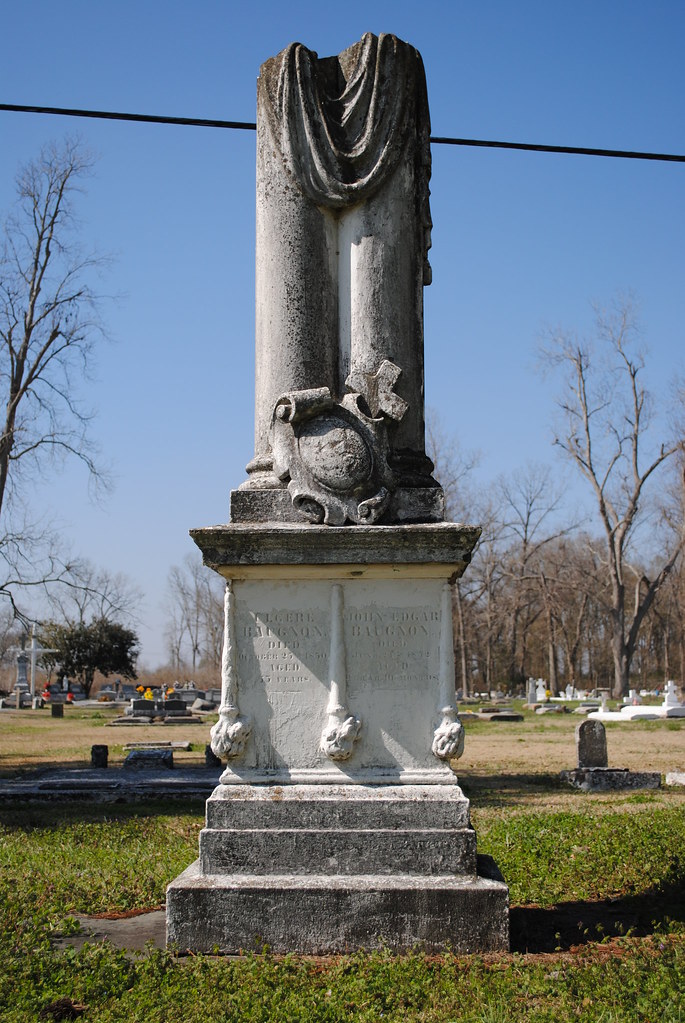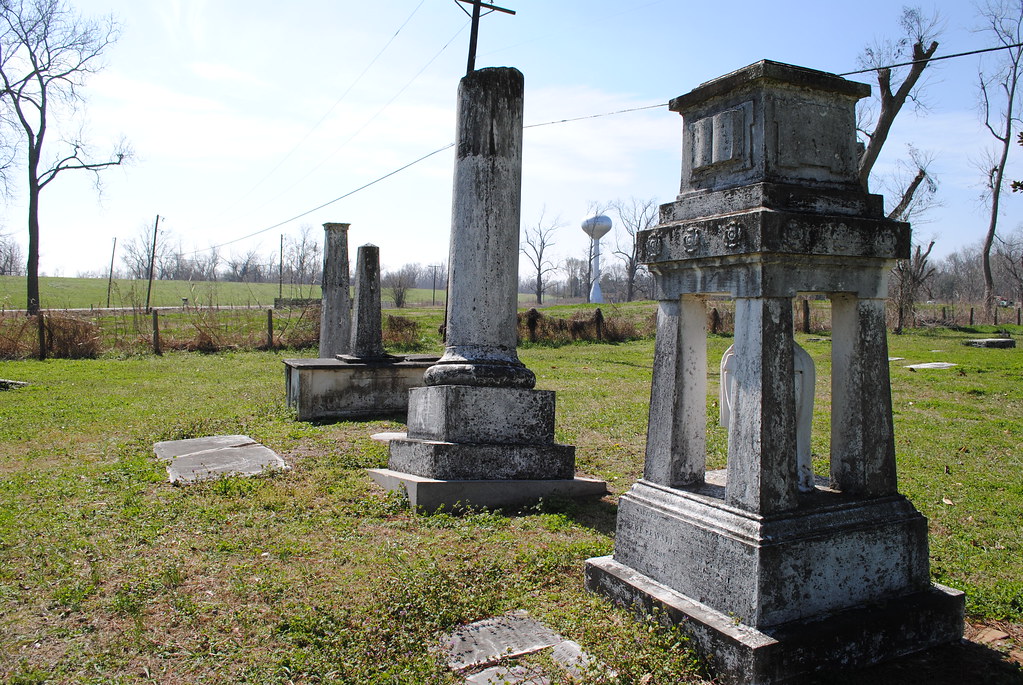New Iberia traces its history all the way back to 1779, when it was settled by a group of Malaguenian colonists. As I think we've touched on before in this blog, South Louisiana Cajun/Creole culture is largely a mix of French and Spanish influence. Malaguenian refers to the town of Malaga in Spain. New “Iberia” of course refers to the Iberian penninsula. My wife and I primarily just explored the downtown area. Let's take a look.


The home pictured below is Shadows on the Teche. The Malaguenians arrived in the area via Bayou Teche, which runs alongside Main Street. Shadows on the Teche was built in the 1830s for sugarcane planter David Weeks. It is a National Historic Landmark.
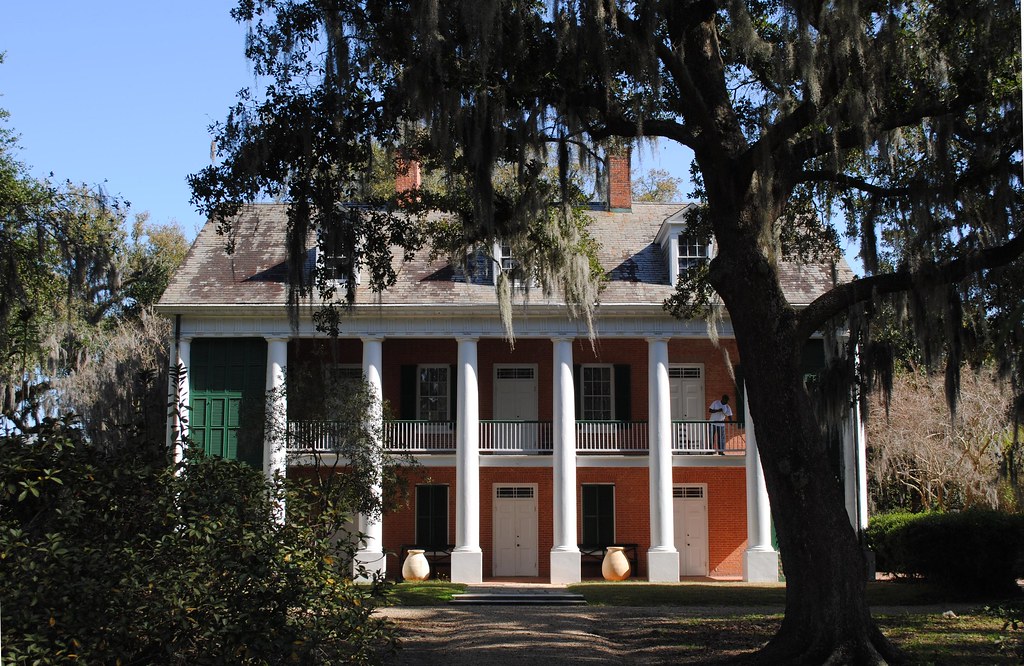
Shadows on the Teche has a number of very handsome homes as neighbors.
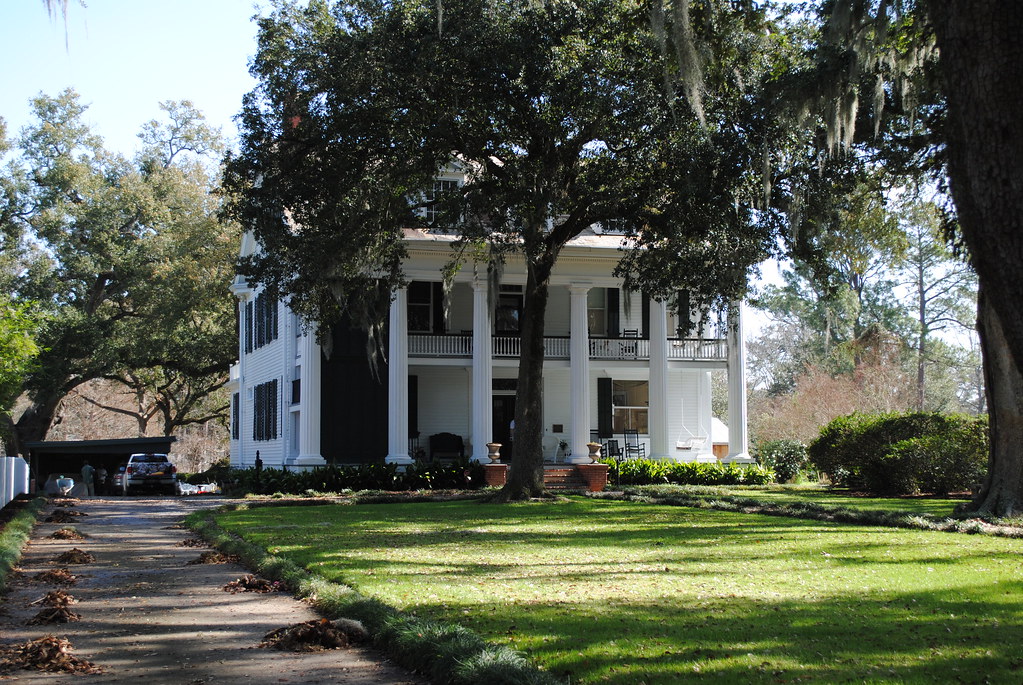
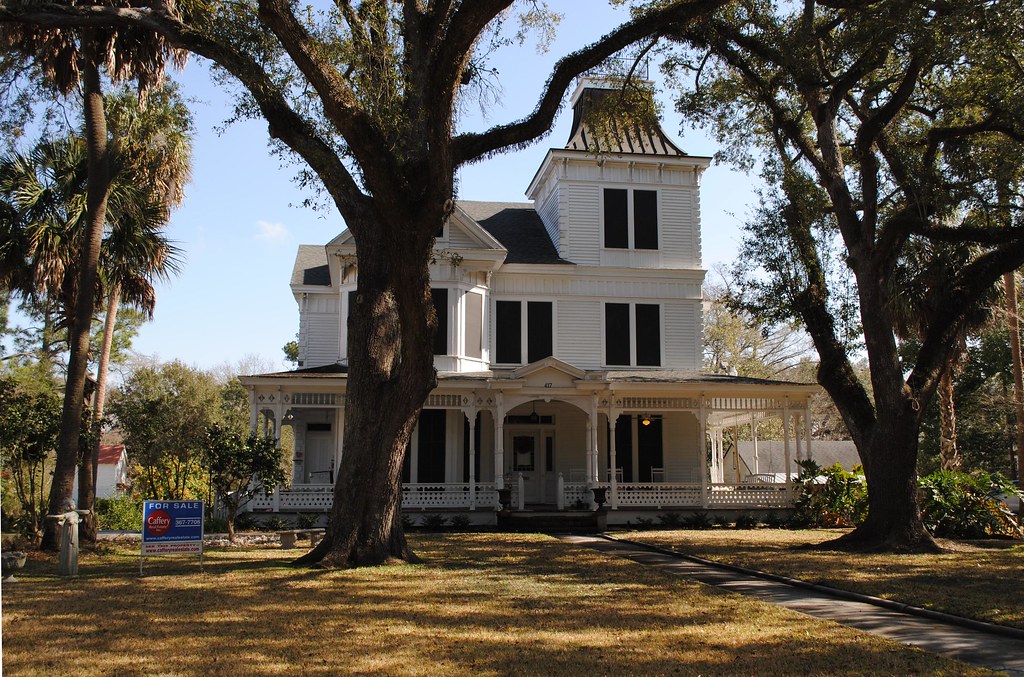
Some were decorated for Mardi Gras.
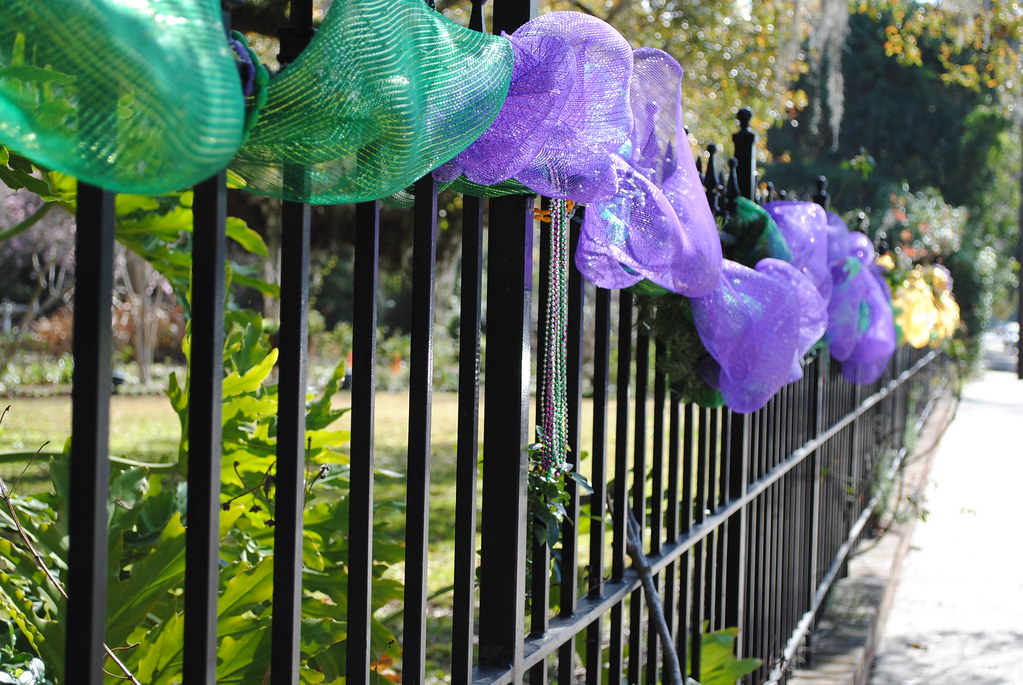

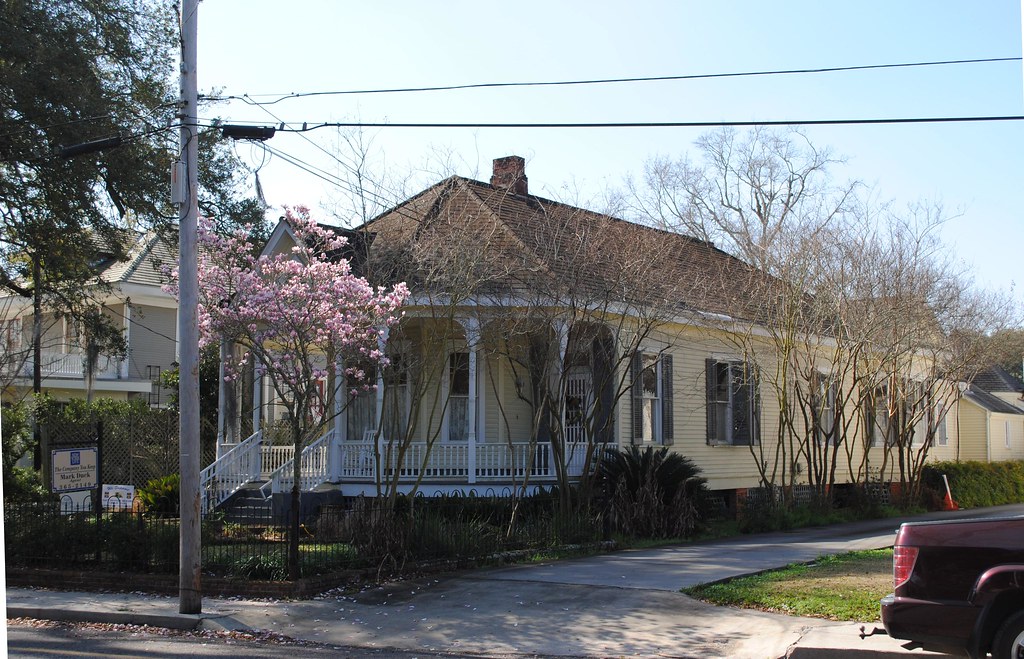
The St. Peter's College Grotto is a replica of the Our Lady of Lourdes grotto in France.
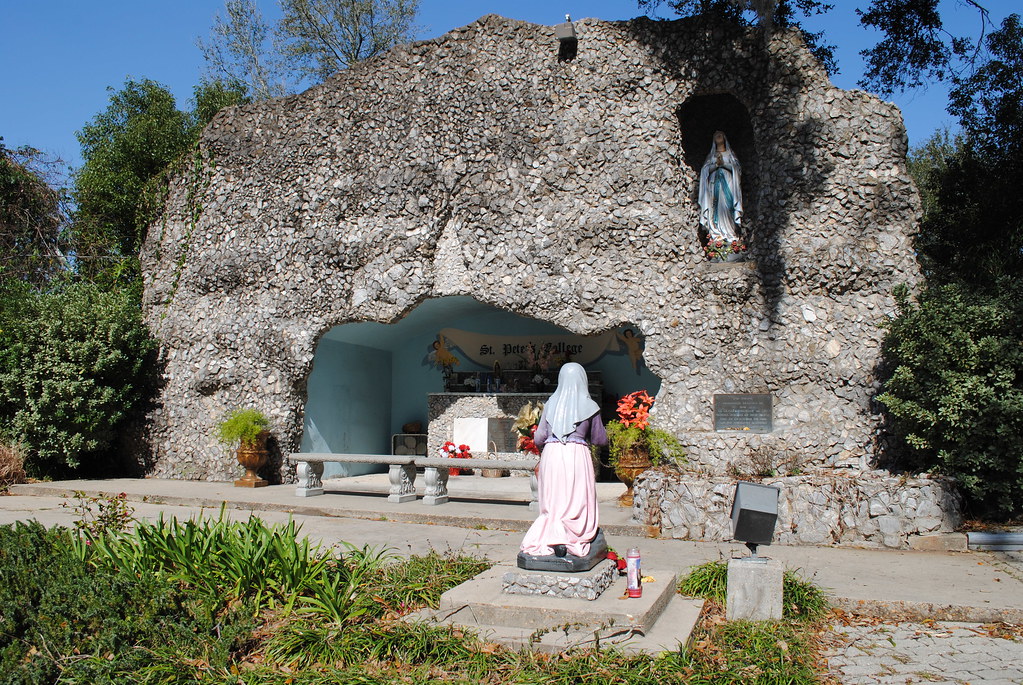
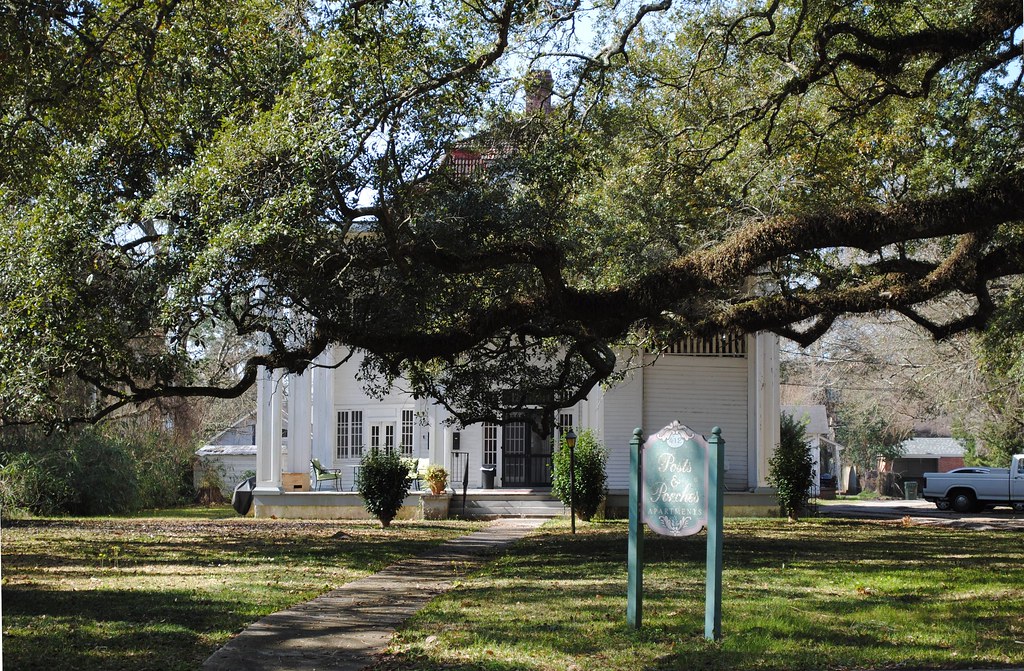
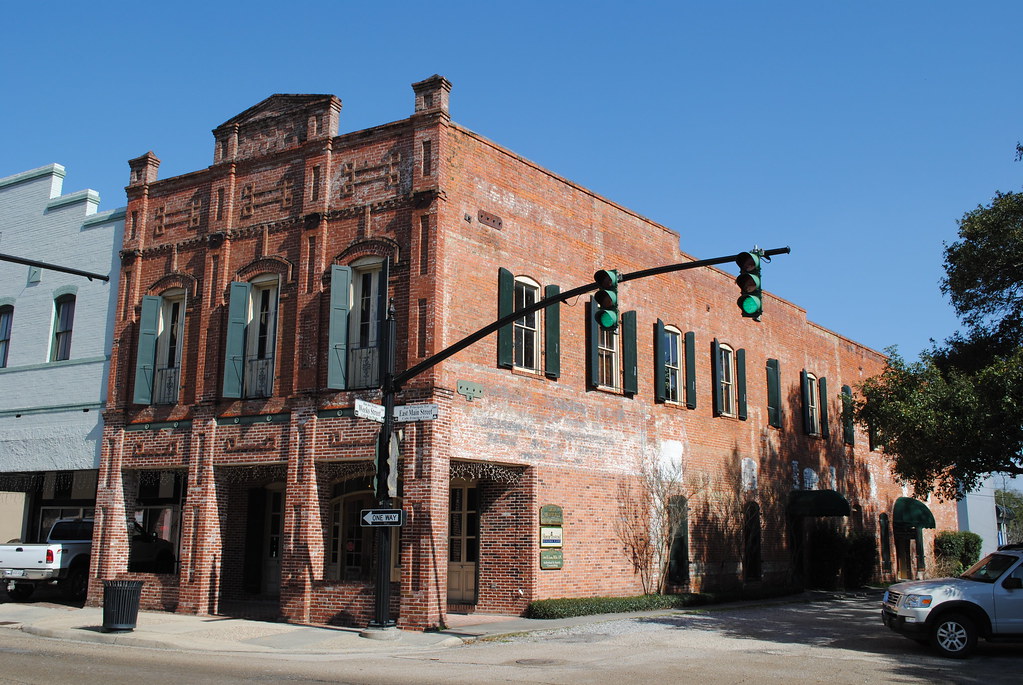
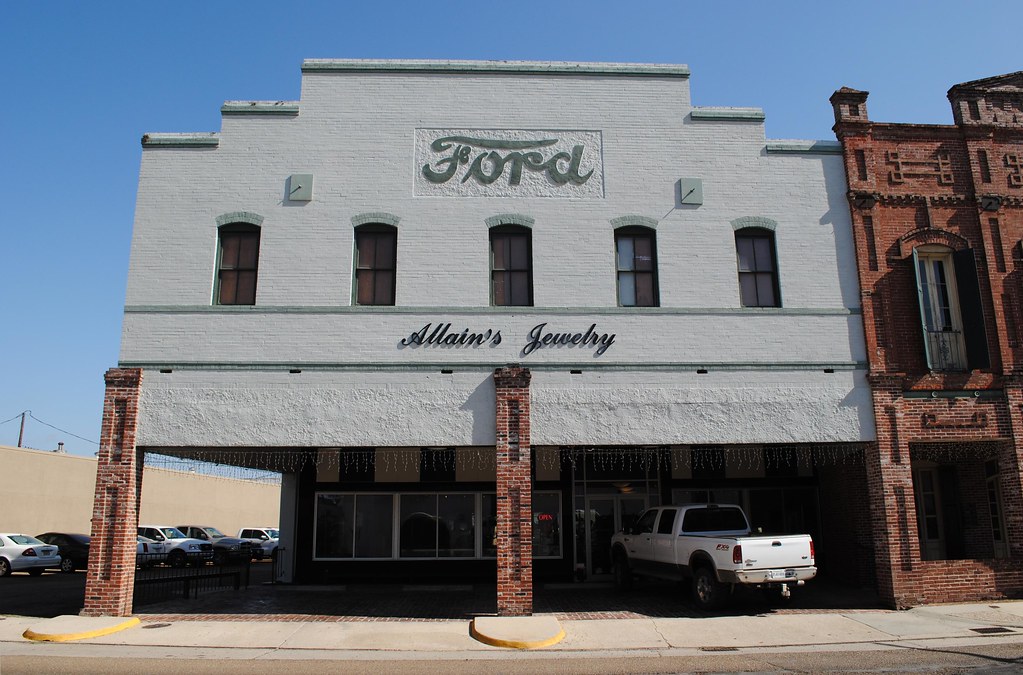

The Evangeline Theater was originally a wholesale grocery, but converted to a movie house in 1929. It is listed in the National Register of Historical Places.


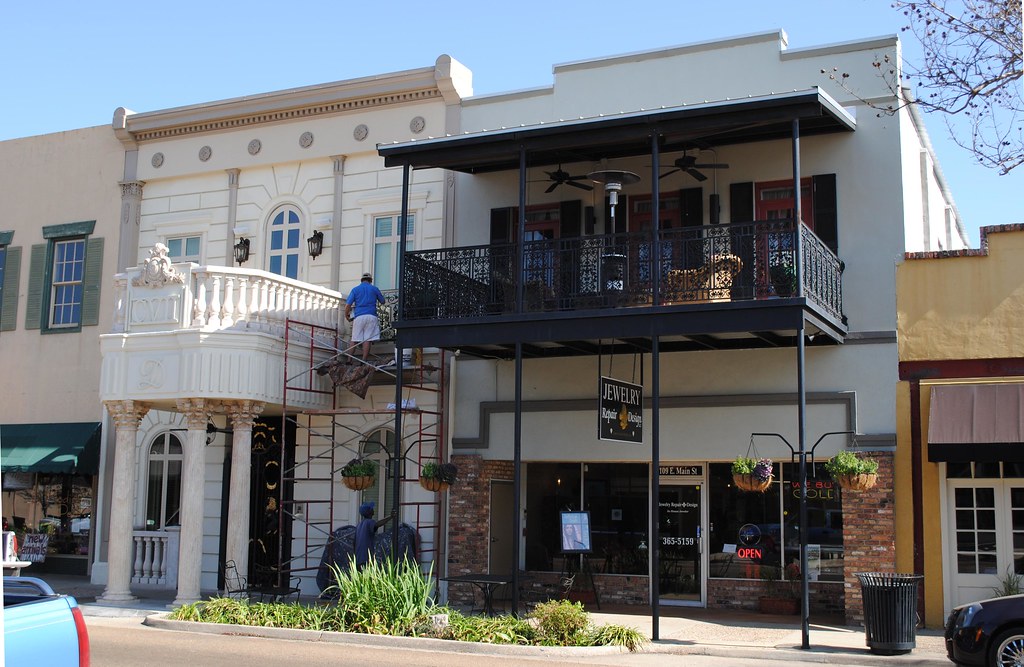

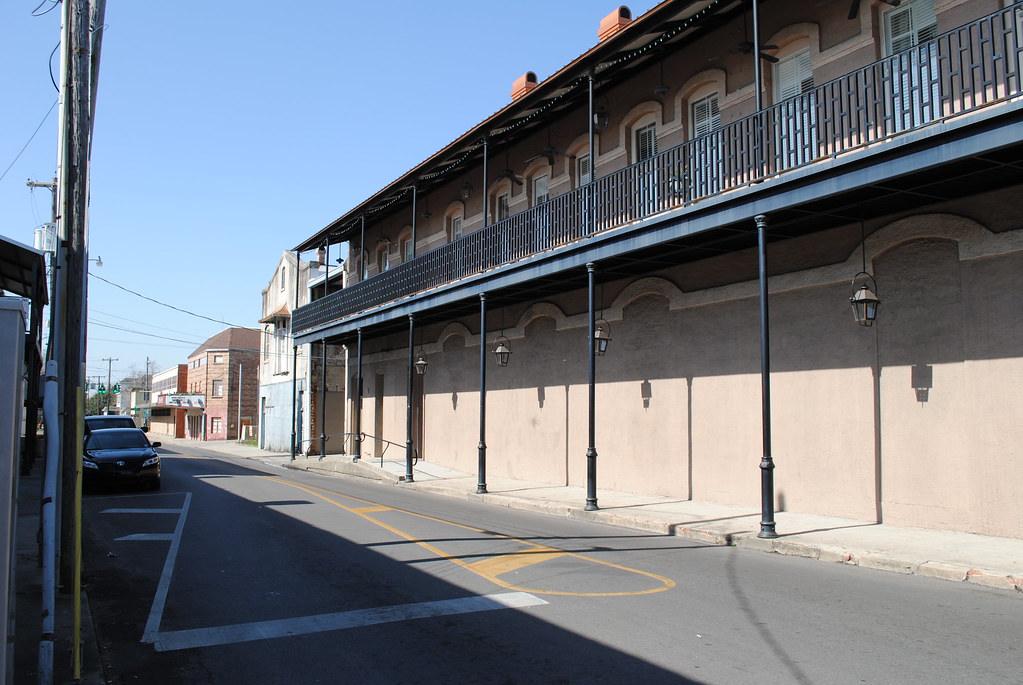
The Essanee Theater dates to 1937.
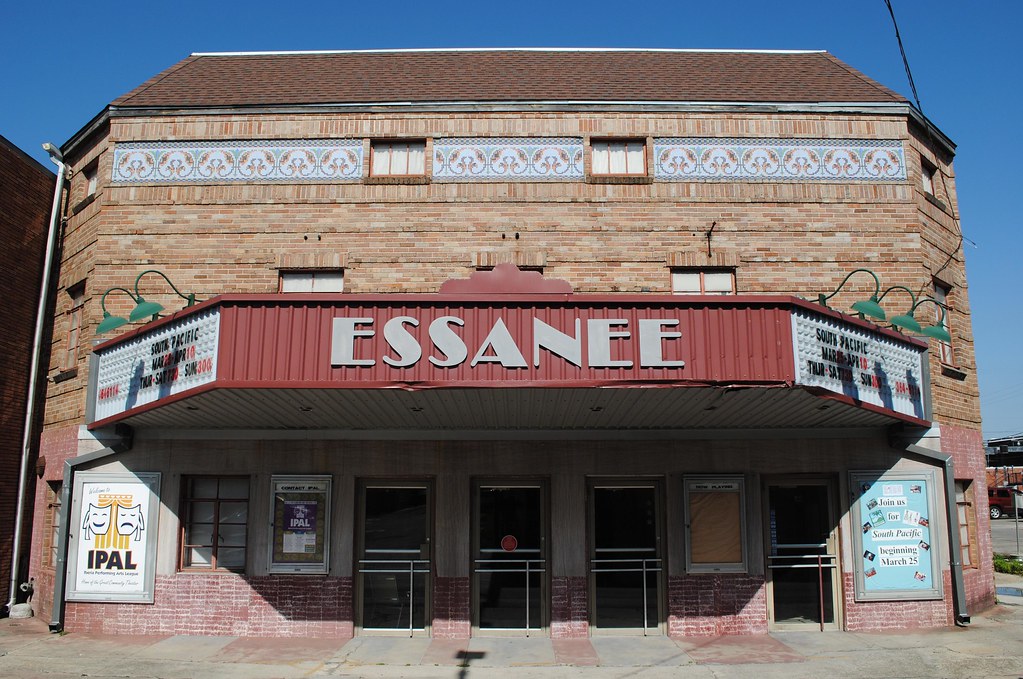
I wouldn't recommend stepping out to the balcony.

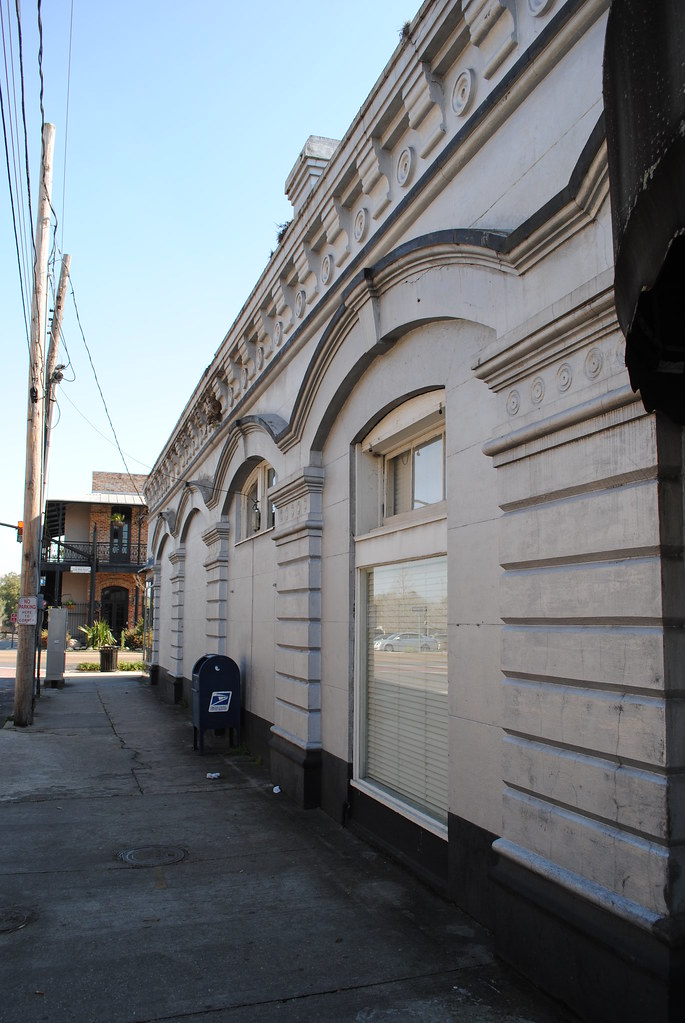
Best I can tell, they really do race alligators.
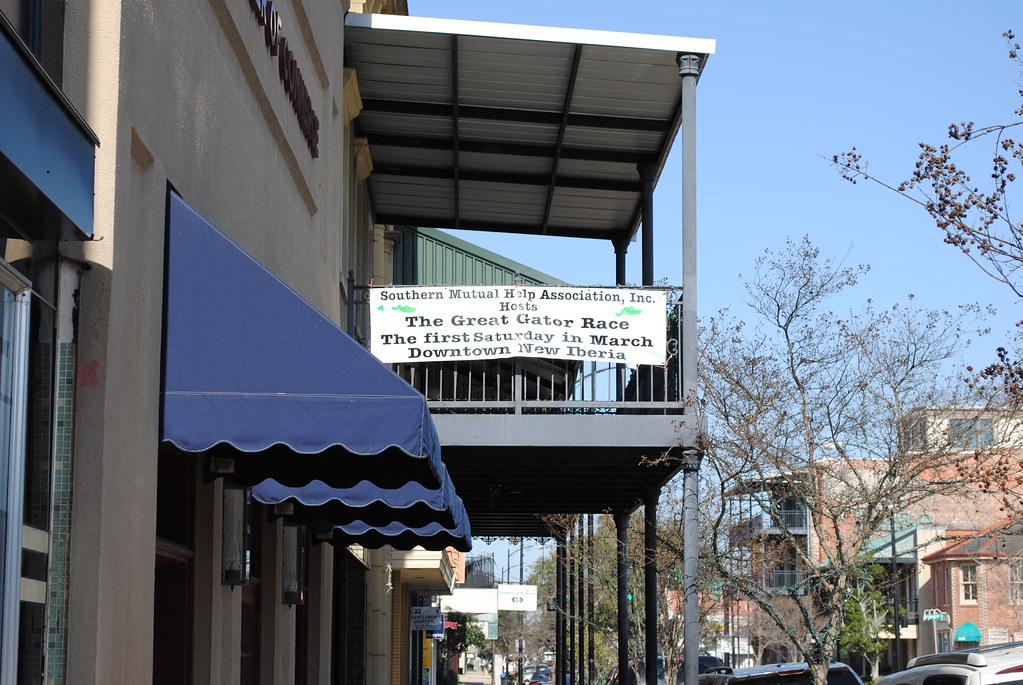
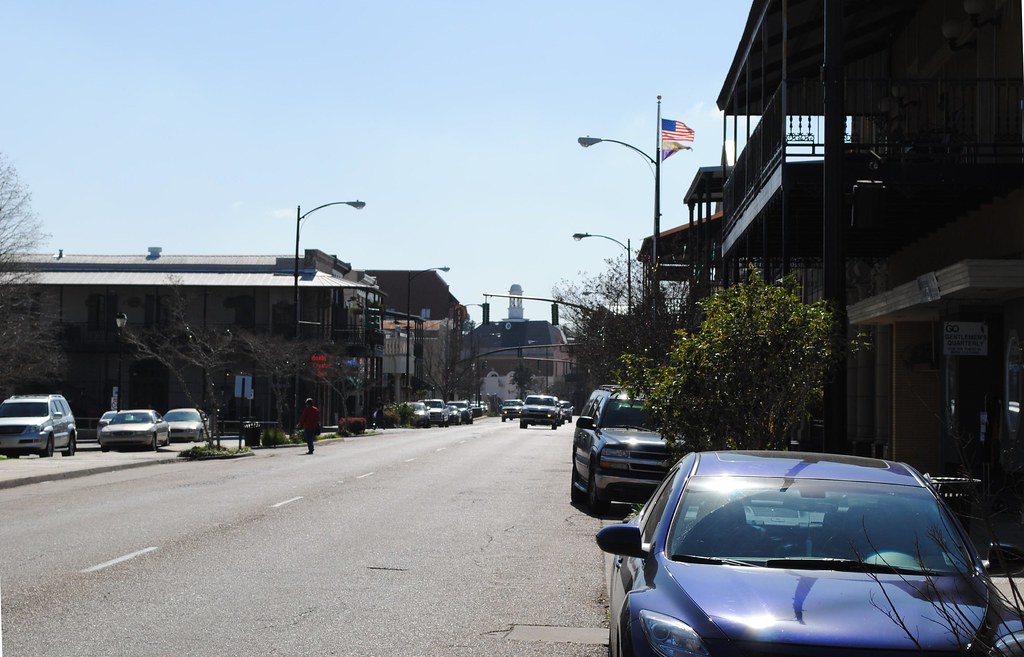
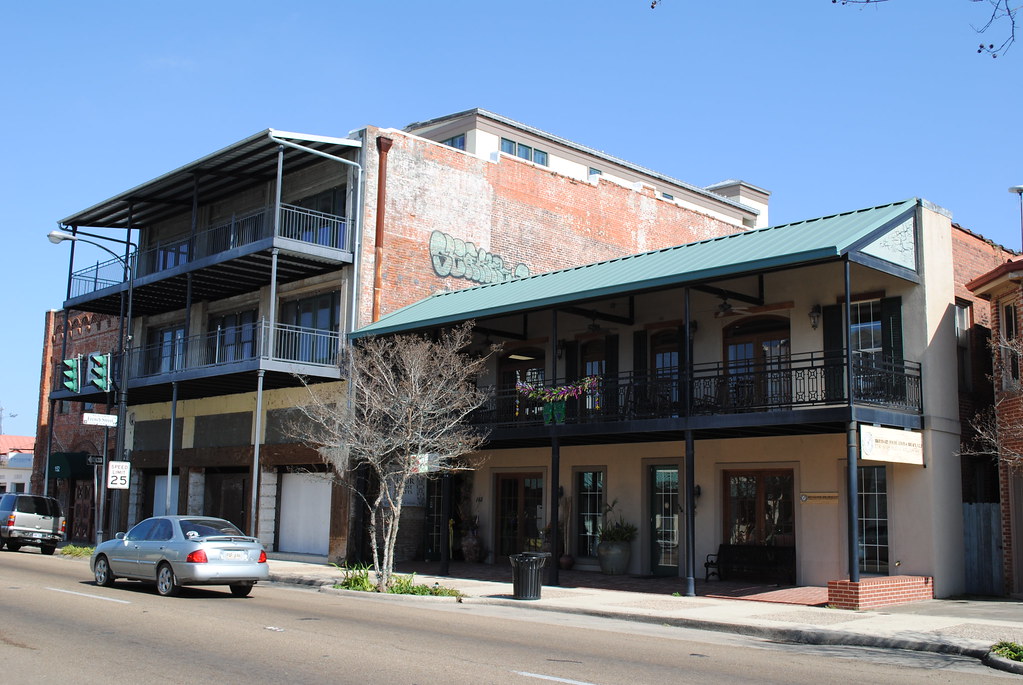

This monument highlights the Spanish heritage of the area.
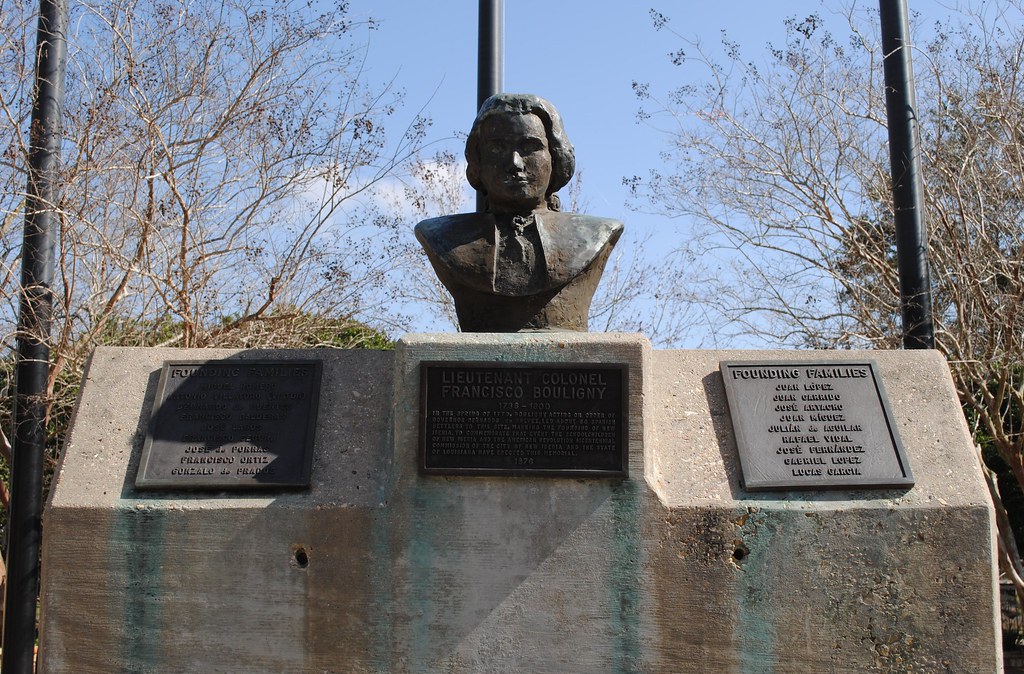
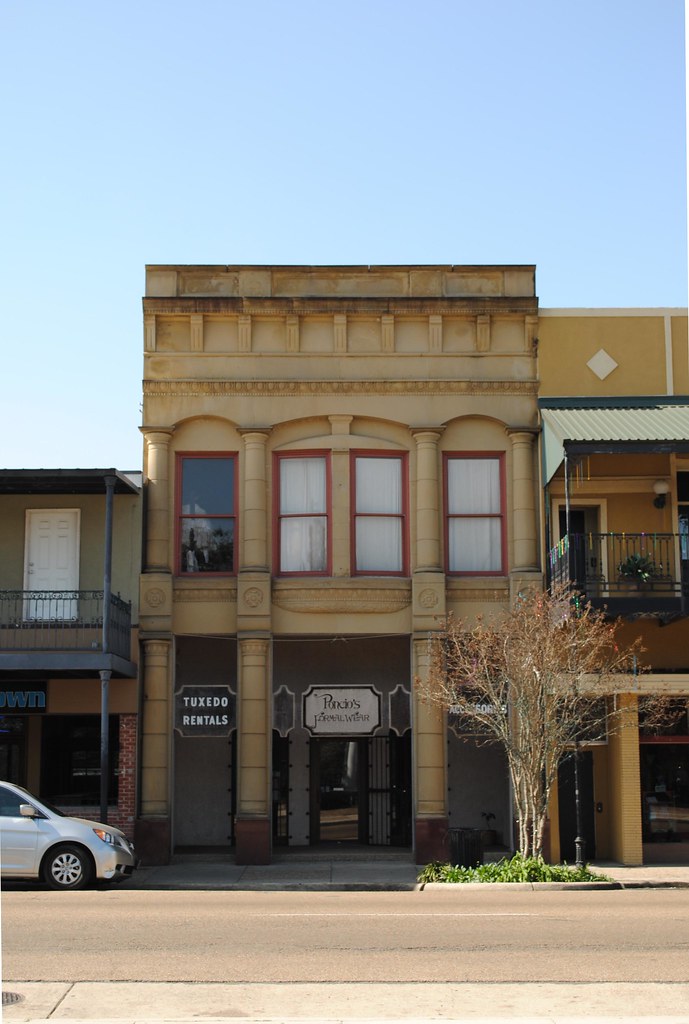
The Gouguenheim dates to 1894. This is apparently one of only a few buildings that survived a large fire that destroyed much of downtown New Iberia in 1899.
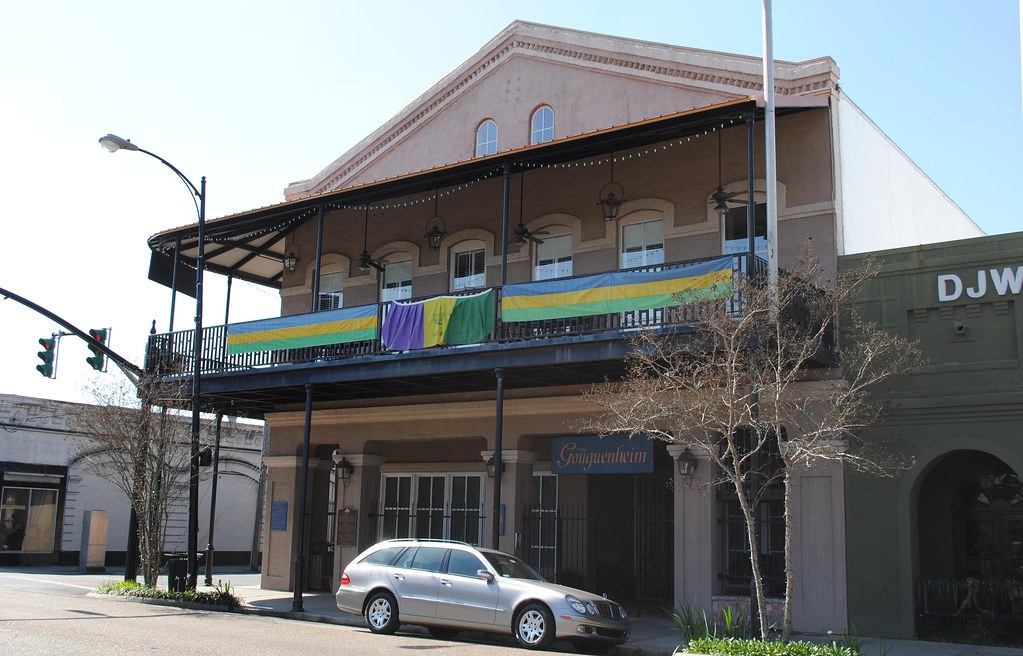
I bet this is the only sushi bar in the world named “Bojangles.”
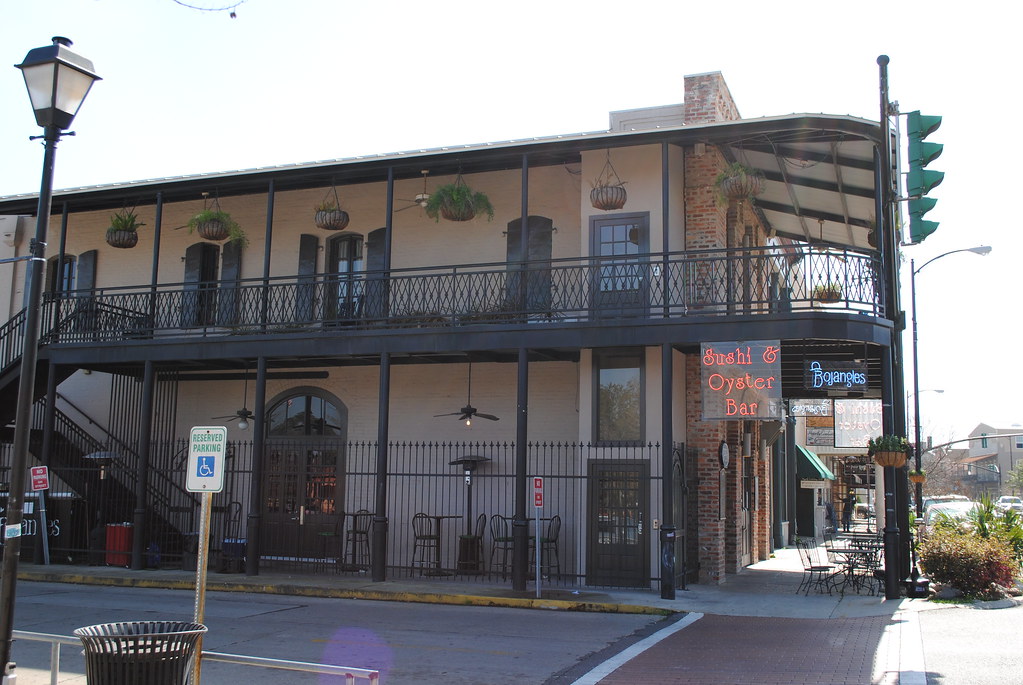
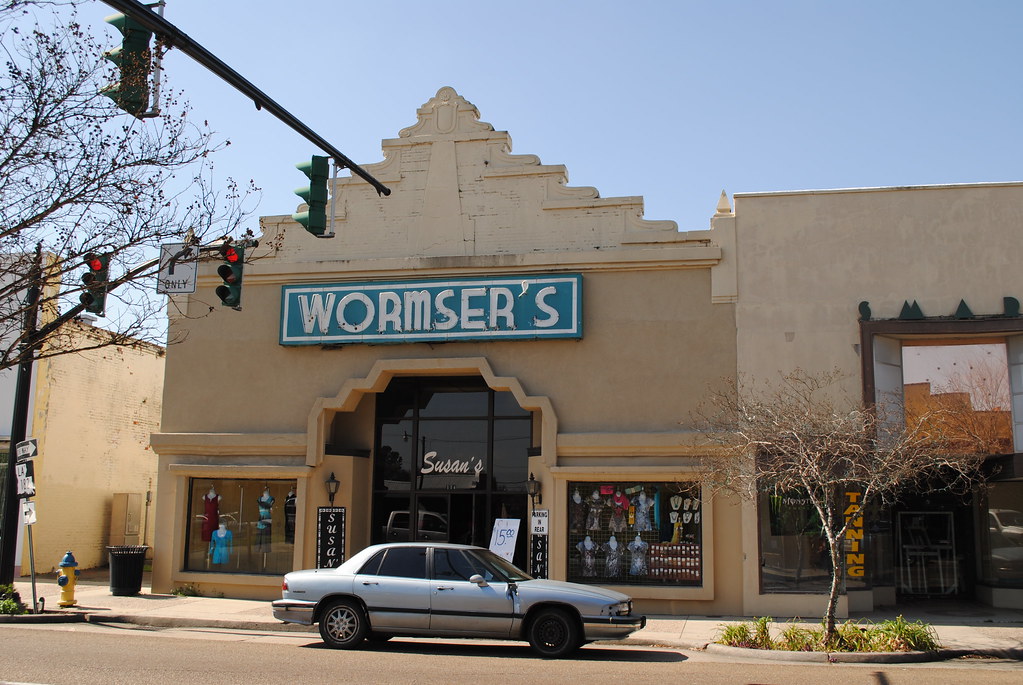

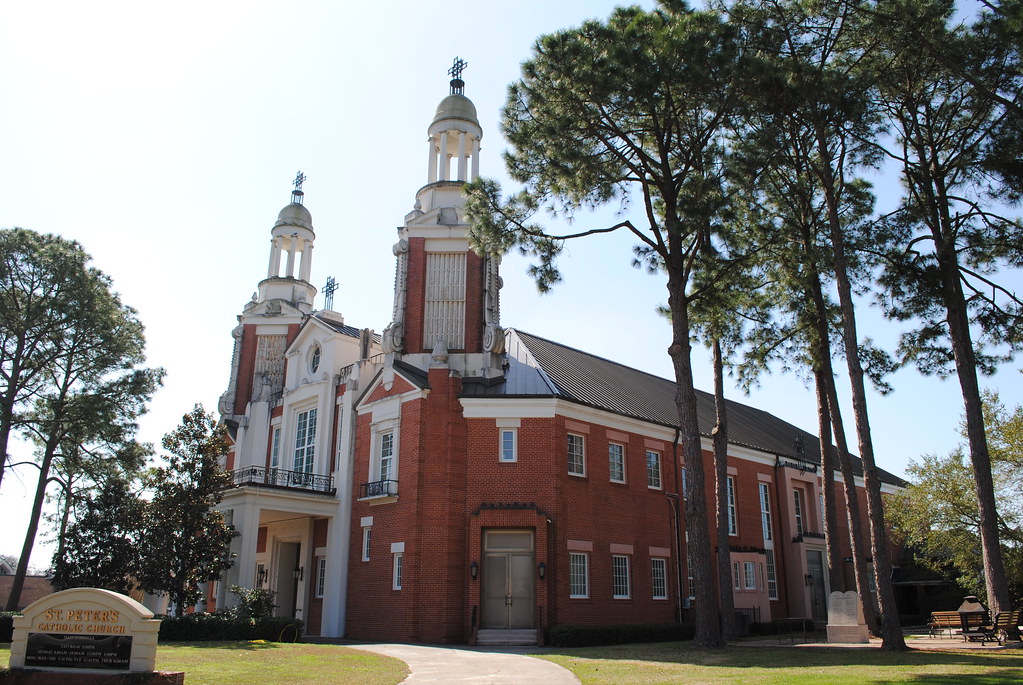
Finally, we were hoping to find some good home cookin' while we were in New Iberia, but it didn't work out. Instead, we stopped at the famous Mulate's in Breaux Bridge (a.k.a. “the Crawfish Capitol of the World”). Suffice it to say we experienced it but probably won't go back.
